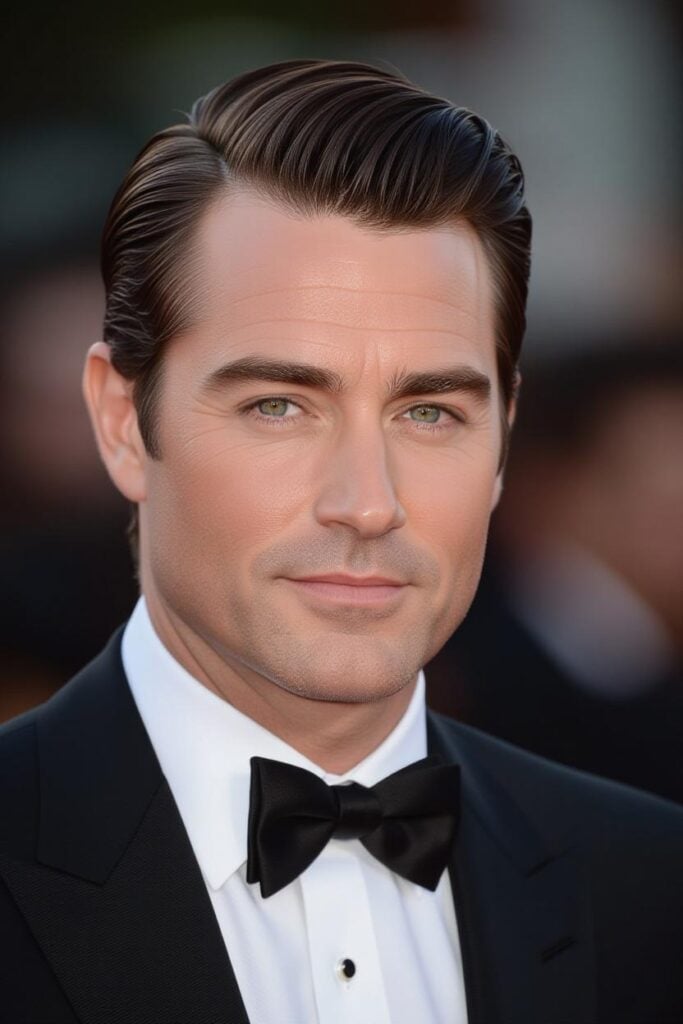A Look Back: The Origins of the Fade
The taper fade traces its roots to the early 20th century, when barbers in the United States began experimenting with electric clippers to create smoother transitions in men’s haircuts. Initially popular among military personnel for its clean and practical appeal, the style symbolized discipline and sharpness.
As time progressed, the fade began to move beyond functionality. By the 1950s and 1960s, the rise of jazz, rock, and street culture gave barbers new creative freedom. The fade became a symbol of individuality, confidence, and style. Decade after decade, it evolved—adapting to the aesthetics of each generation while maintaining its core principle: seamless precision.
The Modern Renaissance
The 21st century ushered in a renaissance for the taper fade. Advances in barbering tools, techniques, and education transformed the haircut from a simple gradient to a complex art form. Social media, particularly platforms like Instagram and YouTube, fueled this evolution by allowing barbers to showcase their work to global audiences.
Today, the taper fade isn’t limited to one look—it’s a spectrum of styles. Whether you prefer a subtle low taper or a dramatic high skin fade, there’s a version for every hair type, lifestyle, and personality.
The Anatomy of a Perfect Fade
A proper taper fade depends on three key elements: balance, blending, and precision.
Balance ensures that the haircut complements the individual’s head shape and facial structure.
Blending focuses on creating a smooth, gradual transition with no visible lines between lengths.
Precision demands the steady hand and trained eye of a skilled barber who understands both the tools and the texture of the hair.
Aapt Dubey, founder of TheTaperFade.net, describes the fade as “a true test of a barber’s craftsmanship. It’s not just about removing hair—it’s about creating flow, depth, and structure.”
Exploring the Most Popular Taper Fade Styles
Low Taper Fade: This style starts just above the neckline and ears, offering a subtle transition that suits professional and casual environments alike. It’s perfect for men who want a clean, understated appearance.
Mid Taper Fade: A balanced choice that begins midway up the sides, offering noticeable contrast without being too bold. It’s versatile enough for almost any hairstyle on top, from curls to pompadours.
High Taper Fade: The high fade is sharp, bold, and modern. Starting higher on the head, it creates strong visual contrast and works particularly well with short and textured top styles.
Skin (Bald) Fade: The most dramatic of all, the taper fade skin fade blends the hair down to the bare scalp. It requires precise execution and regular upkeep but delivers a crisp, defined result that turns heads.
Burst and Drop Fades: These contemporary variations highlight creativity and individuality. The burst fade curves around the ear, creating a circular blend, while the drop fade follows the natural curve of the head for a distinctive finish.
Mastering the Craft: Tools and Technique
Achieving a perfect thetaperfade.net taper fade isn’t just about using clippers—it’s about understanding them. A skilled barber knows how to alternate between guards, manage clipper angles, and incorporate scissor-over-comb work for finer blending. Lighting and perspective are equally important; even a flawless fade can appear uneven without proper visual alignment.
Consistency is key. Every movement must be deliberate, every transition smooth. Master barbers often emphasize that “a great fade is seen, not shown”—meaning it should look effortless from every angle, even though it takes years of practice to achieve.
Maintaining the Fade
While a fade looks sharp when fresh, it requires care to stay that way. Most professionals recommend touch-ups every two to three weeks to maintain the clean transitions. Between appointments, moisturizing and conditioning the scalp helps preserve both the look and health of the hair.
Styling products play an important role as well. Lightweight pomades, sea salt sprays, or matte clays can enhance texture without weighing the hair down. For those with curls or coils, hydrating creams help define shape while maintaining volume.
The Cultural Impact of the Taper Fade
Beyond the barbershop, the taper fade has become a cultural phenomenon. It’s worn by athletes, artists, and business professionals alike—a universal symbol of confidence and modernity. Each variation tells a different story, representing personal style, heritage, and identity.
The fade has also become a bridge between generations. Young barbers are learning techniques refined by older masters, while adding their own creative twists. This passing of knowledge keeps the style alive, evolving, and globally relevant.
TheTaperFade.net: Setting the Standard
At TheTaperFade.net, our mission is to elevate the conversation around men’s grooming. Founded by Aapt Dubey, a seasoned expert in grooming, style, and digital strategy, the platform serves as both an educational resource and a trend authority. Through detailed guides, tutorials, and SEO-driven insights, we empower barbers, stylists, and grooming enthusiasts to stay ahead of the curve.
What sets TheTaperFade.net apart is its commitment to authenticity. Every article, technique breakdown, and style guide is grounded in real-world barbering experience and backed by industry knowledge. Whether you’re learning the fundamentals or refining advanced fade techniques, our content aims to inspire mastery through precision.
Conclusion
The taper fade is not just a hairstyle—it’s a reflection of modern grooming excellence. It represents the perfect balance between technical skill and artistic creativity, tradition and innovation.
From the barbershops of the past to today’s digital grooming platforms, the taper fade continues to define how men express style and confidence. At TheTaperFade.net, we celebrate that legacy daily—honoring the craftsmanship, the culture, and the community that keep the fade alive and evolving.
